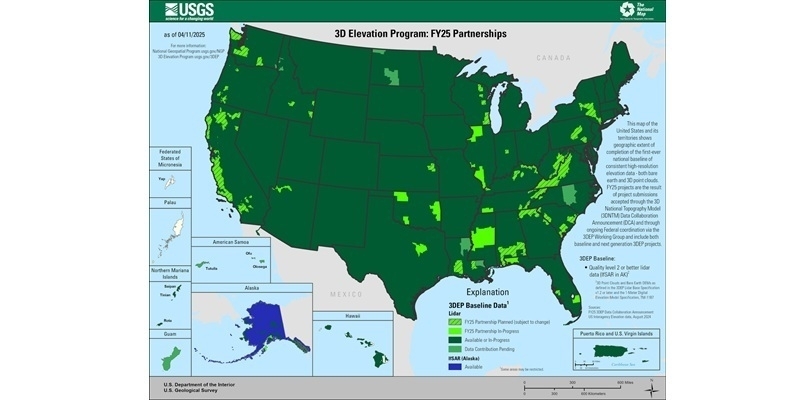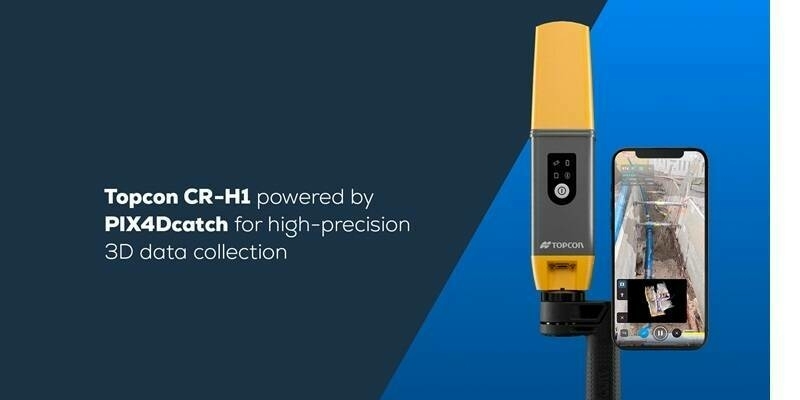Sentinel-2A has orbited Earth more than 26,000 times – and travelled nearly 1.2 billion kilometers in its quest to help us better understand and manage our environment.
Since its launch on 23 June 2015 the Airbus-built Copernicus Sentinel-2A satellite has been delivering high-resolution optical imagery for many services and applications including agricultural and forestry management. Together with its twin satellite Sentinel-2B launched on 7 March 2017 the mission has become the most widely used of the whole Copernicus satellite family, with more than 60 percent of all Copernicus downloads coming from Sentinel-2 since the start of operations.
Both of the Copernicus Sentinel-2 satellites carry an innovative wide swath high-resolution multispectral imager (MSI), also built by Airbus, which covers 13 spectral bands for detailed imaging of Earth’s land masses and vegetation. The combination of high resolution, novel spectral capabilities, a swath width of 290 km and frequent revisit times provides unprecedented views of Earth. The mission is based on a constellation of two identical satellites in the same orbit, 180° apart for optimal coverage and data delivery. Together they cover all Earth’s land areas, large islands, inland and coastal waters every five days at the equator and every three days in central Europe.
The mission provides information for applications such as agricultural and forestry monitoring or for helping manage food security. Satellite images can be used to determine various plant indices. Geophysical variables such as leaf chlorophyl content or leaf water content can be determined thanks to the rich spectral sampling offered by the mission. This is particularly important for effective yield prediction and applications related to Earth’s vegetation.
Subscribe to our newsletter
Stay updated on the latest technology, innovation product arrivals and exciting offers to your inbox.
Newsletter

